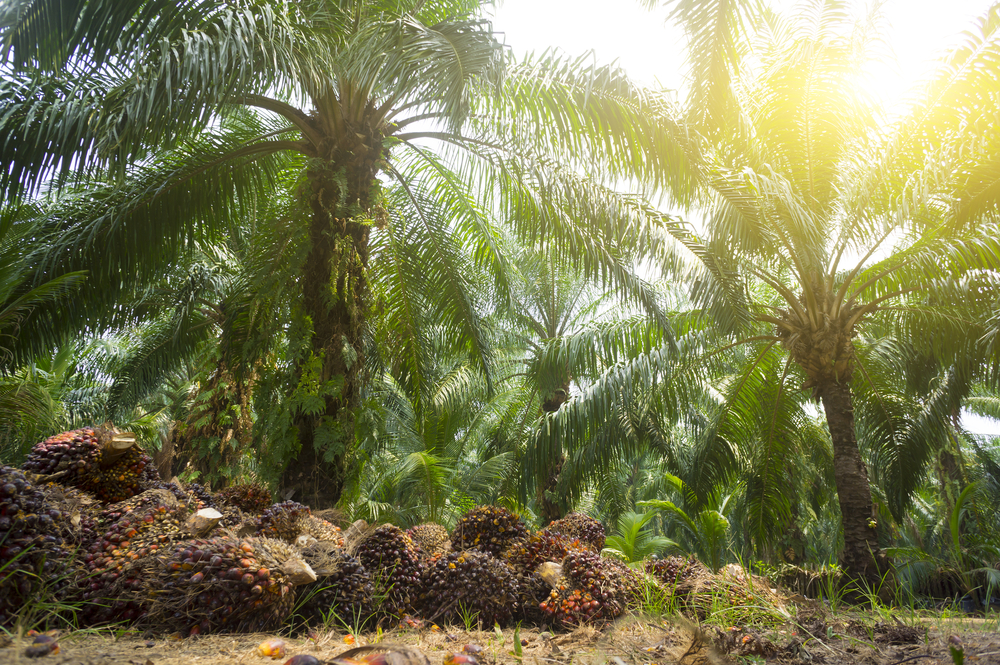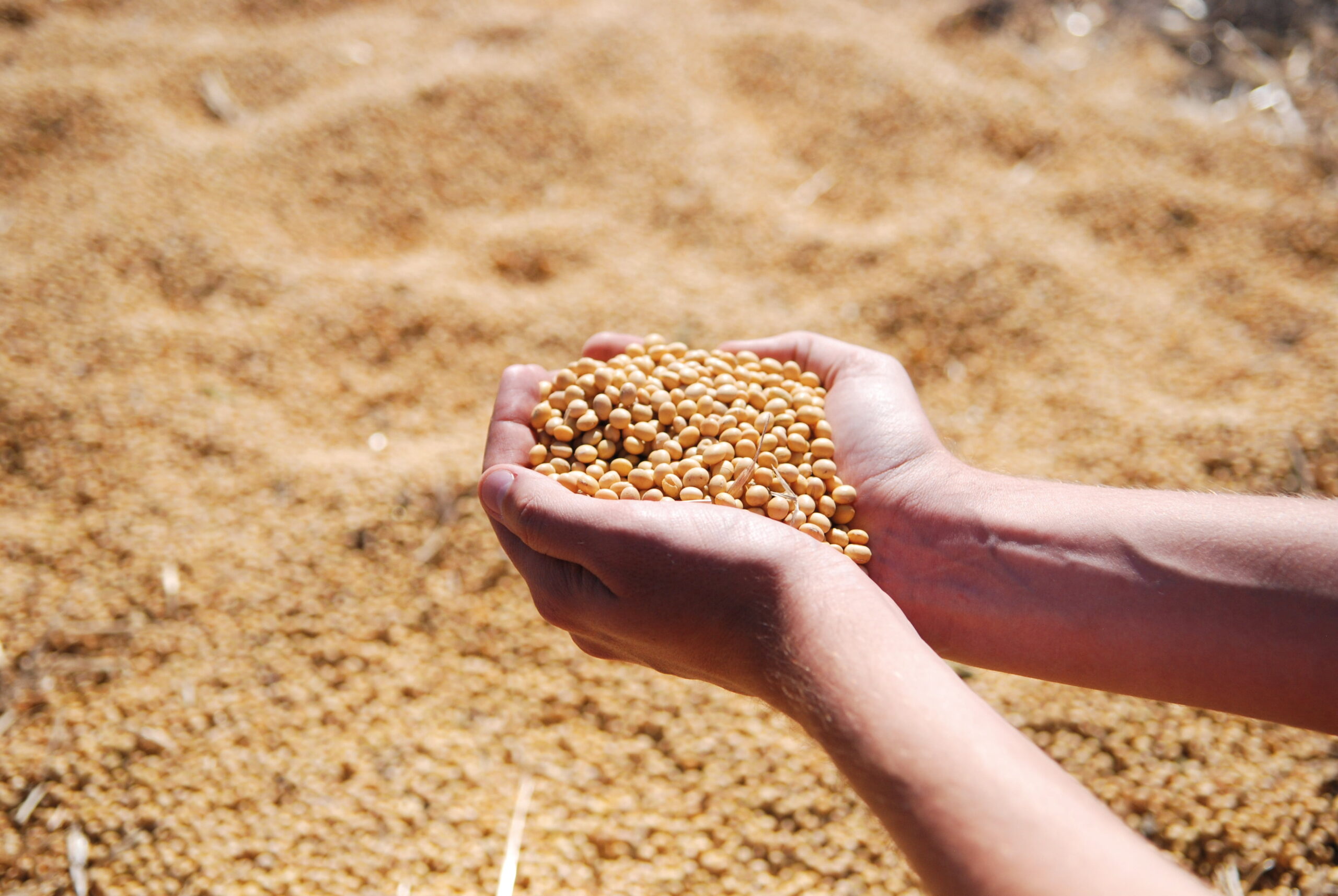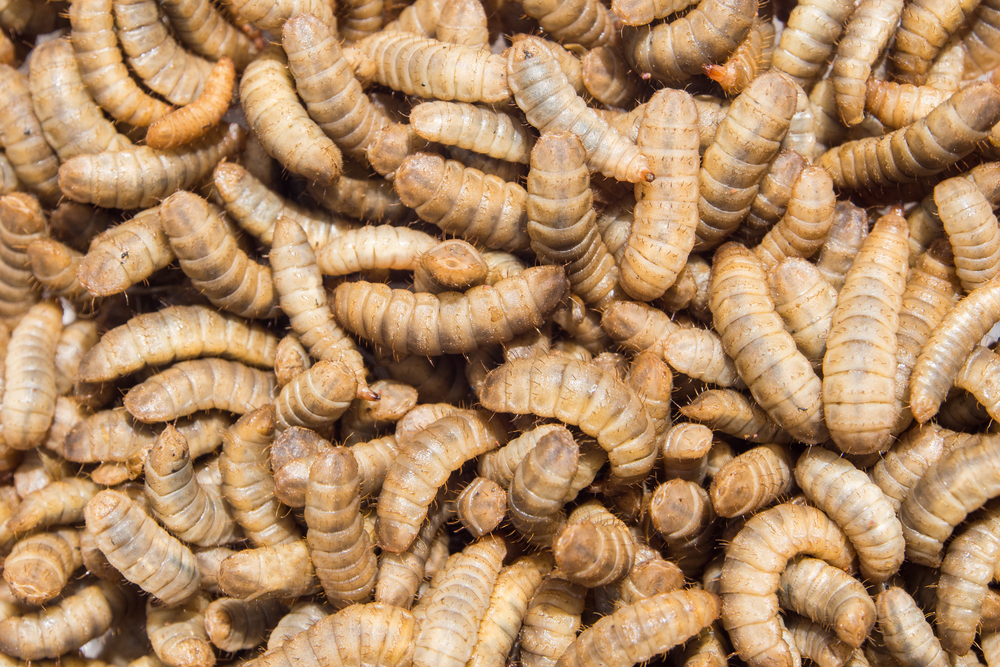Environmental activists would like us to ban the importation of palm oil and switch to European sunflower and rapeseed oil to save the tropical rainforests of Indonesia and Malaysia. But a new study published in Nature, which emeritus professor of Wildlife Ecology and Conservation Herbert Prins contributed to, suggests this would not necessarily be better for the environment.
Fires
Palm oil plantations in Southeast Asia have certainly destroyed large swathes of tropical rainforest, including orangutan habitats. The resulting land drainage and forest fires create massive CO2 emissions and reduce biodiversity. But other oil crops do not score much higher, the study shows. That is to say: every oil crop has its own pros and cons.
Soya beans
Oil palm is a highly efficient crop, producing 39 per cent of the world’s cooking oil on ‘just’ 22.5 million hectares or 6.6 per cent of the global oil crop acreage. Soya beans perform considerably worse in that regard, producing much less oil from an acreage five times larger. The soya industry therefore causes much more deforestation than palm oil plantations.
Sunflowers
The ‘European oil crops’ score remarkably poorly too. Crops like rapeseed and sunflowers yield three to four times less oil than oil palm, despite covering a greater surface. Admittedly, those fields have not been carved out of tropical rainforest. But they do not capture CO2 in the form of trees, and they use large amounts of fertilizer and pesticides.
Supply and demand
‘The oil palm produces far more oil than the other crops, two to eight times more per hectare,’ says co-author Douglas Sheil. ‘As long as demand for plant-based oils keeps rising, production will need to increase.’ For the time being, meeting the predicted demand for cooking oil with palm oil rather than soya or rapeseed oil will require much less land. The researchers are hoping for a breakthrough that will allow the production of food-grade oil from microalgae.
Biodiversity
But doesn’t a hectare of Indonesian rainforest contain far more biodiversity than a hectare of French sunflowers? The researchers took this into account in their article The environmental impacts of palm oil in context. They checked how many mammals, amphibians, and birds in the cooking oil producing areas are on the Red List maintained by the conservation organization IUCN. Oil palm cultivation in Indonesia and Malaysia threatens 472 species on the Red List, while in Europe rapeseed and sunflowers affect 227 and 189 species respectively. Considerably fewer, in other words, but still a lot. The researchers’ conclusion: don’t single out palm oil when it comes to sustainable agriculture.

 Oil palm. Photo: Shutterstock.
Oil palm. Photo: Shutterstock. 

